MoleculAR: an augmented reality app for organic chemistry
I made an app! MoleculAR is an Augmented Reality app for iOS and Android that gives you the ability to visualize and interact with molecules. Point your device’s camera at a MoleculAR structure in your lecture notes, and an interactive, 3D representation of that molecule will appear before your eyes!
The molecule can be manipulated the following ways:
- Rotate – drag with one finger from the middle of the molecule.
- Scale – pinch with two fingers from the middle of the molecule.
- Move – drag with three fingers from the middle of the molecule.
Don’t forget to move around and look at your molecules from different angles!
How to use the MoleculAR app with the molecule images
If you are an instructor who would like to use this app with your class, or you are a student who would like to try it out, but your Professor has not embedded the MoleculAR molecule images, then read on!
The app only recognizes certain molecules drawn in particular ways. The molecule images that the app recognizes are available below, or you can download or clone the whole set from this GitHub repository. They are all provided under a Creative Commons BY-SA 4.0 license.
I recommend instructors who are using these images and directing students to the app, paste a MoleculAR logo next to the structures, so that it is obvious which molecules will be recognized by the app:

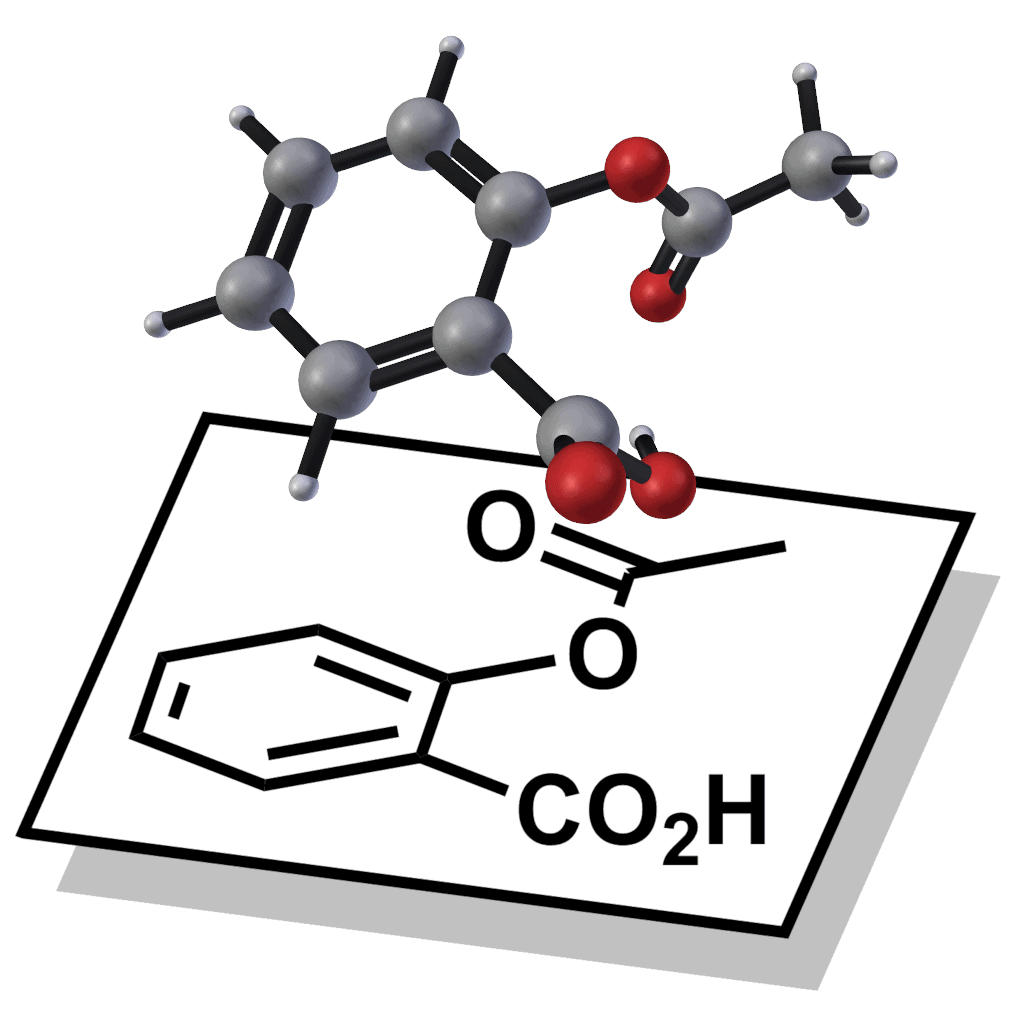
What other molecules would you like to see included in future versions of MoleculAR – send me a message or write a comment below with your suggestions!
Molecule Images
To download molecule images for your own use, right-click the image in the table below and select “Save Image as…”, or click here to download a PDF file with all of the molecule images. Alternatively, all the images (in jpg and tif formats) can be downloaded from GitHub.
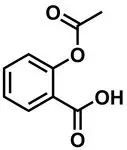
aspirin

a staggered conformation of butane
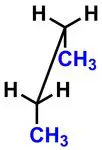
an eclipsed conformation of butane
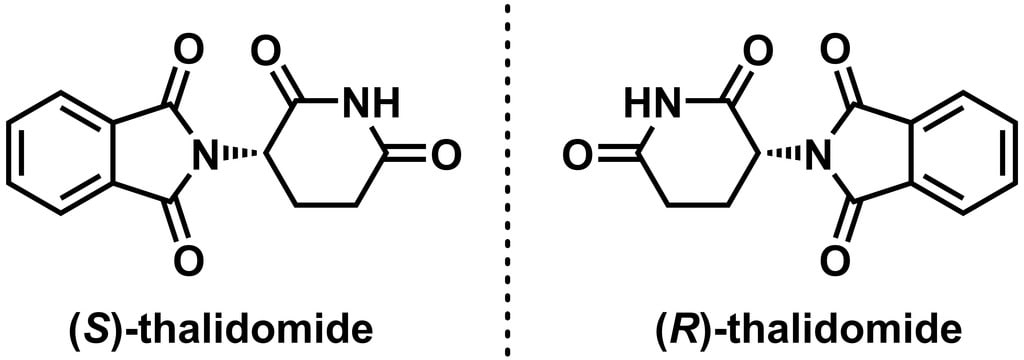
(S)- and (R)-thalidomide
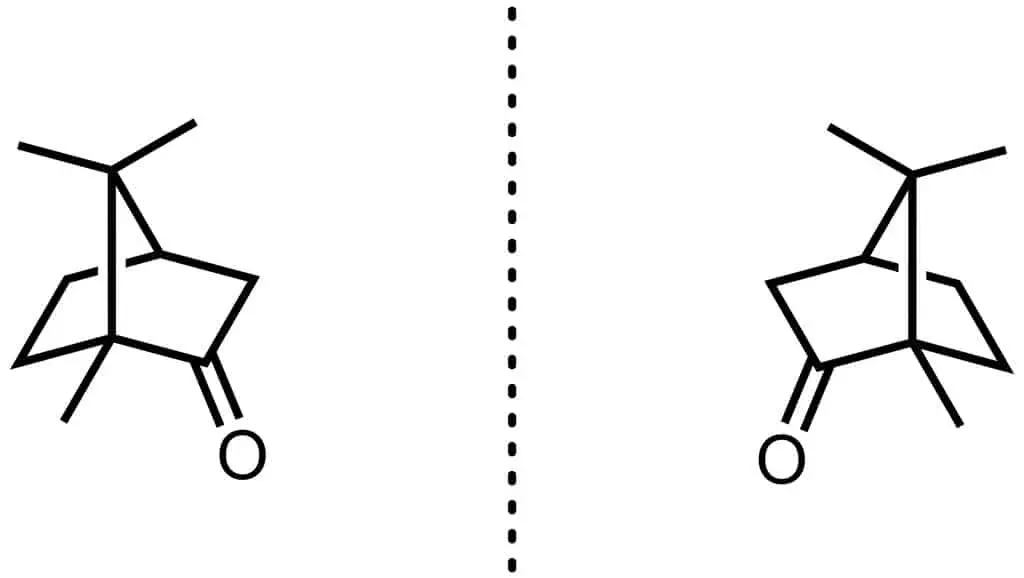
(R)- and (S)-camphor
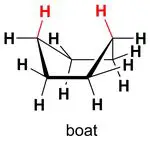
boat cyclohexane
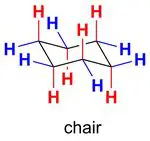
chair cyclohexane
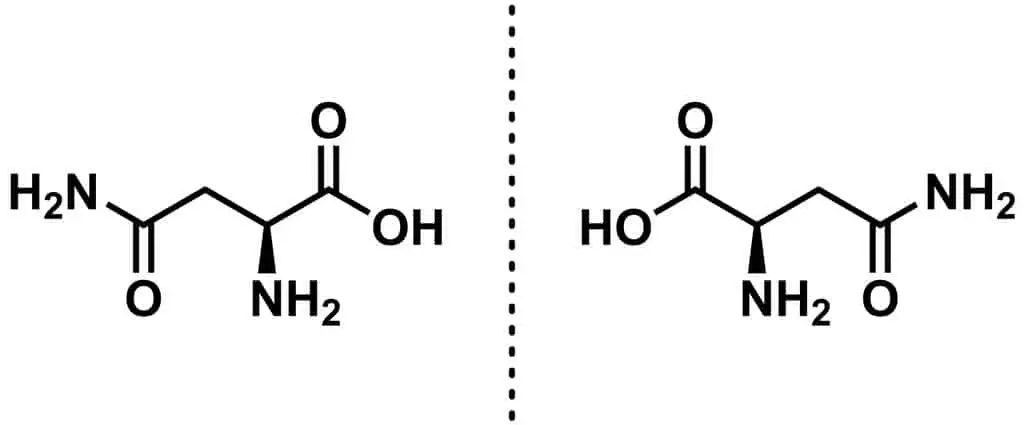
L- and D-asparagine
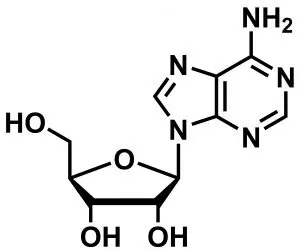
adenosine
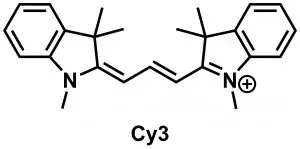
Cy3
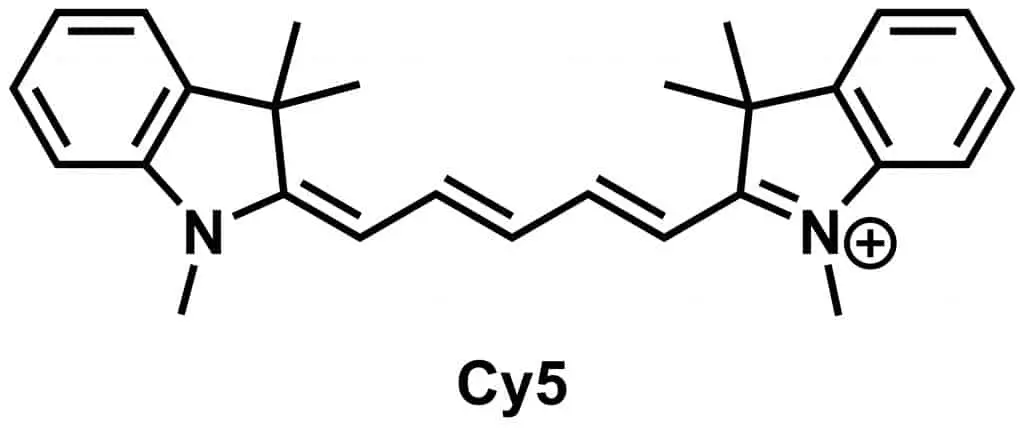
Cy5
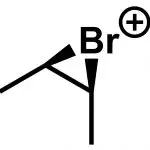
cis-bromonium ion
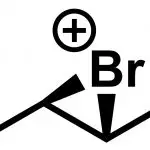
trans-bromonium ion
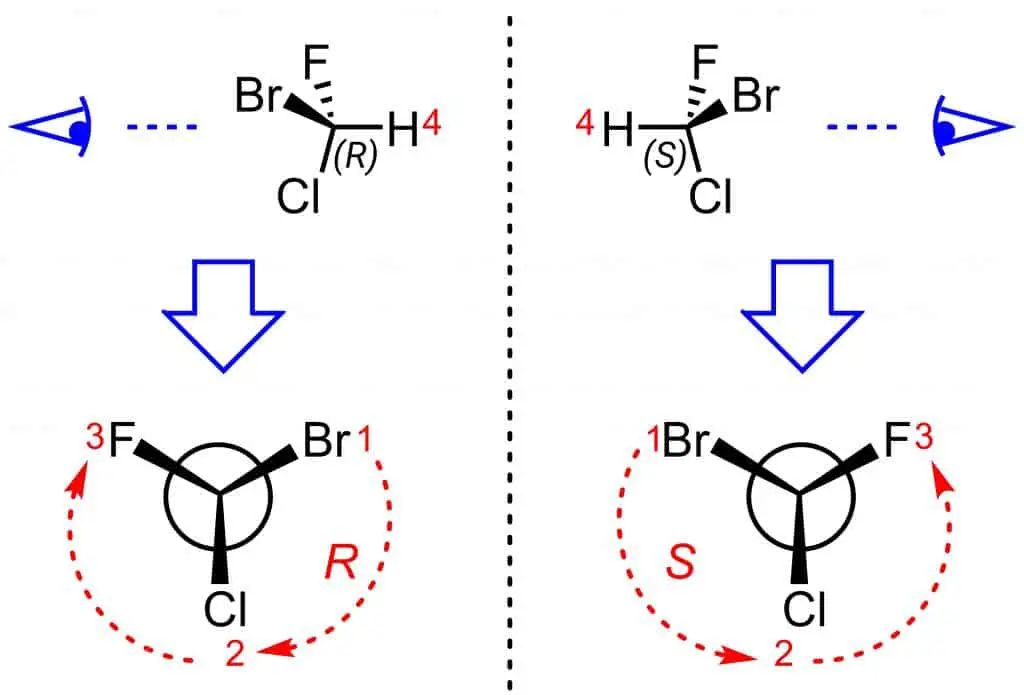
bromochlorofluoromethane
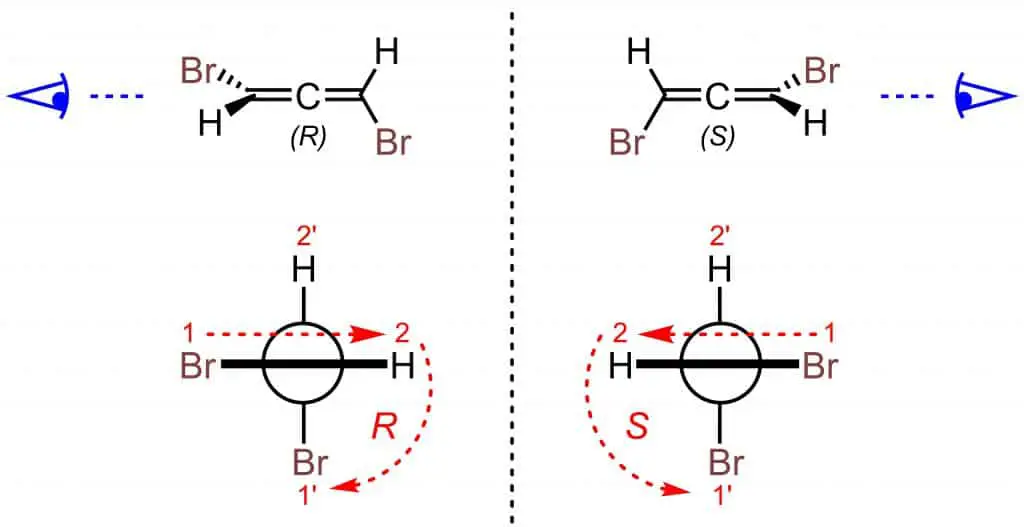
chiral allenes
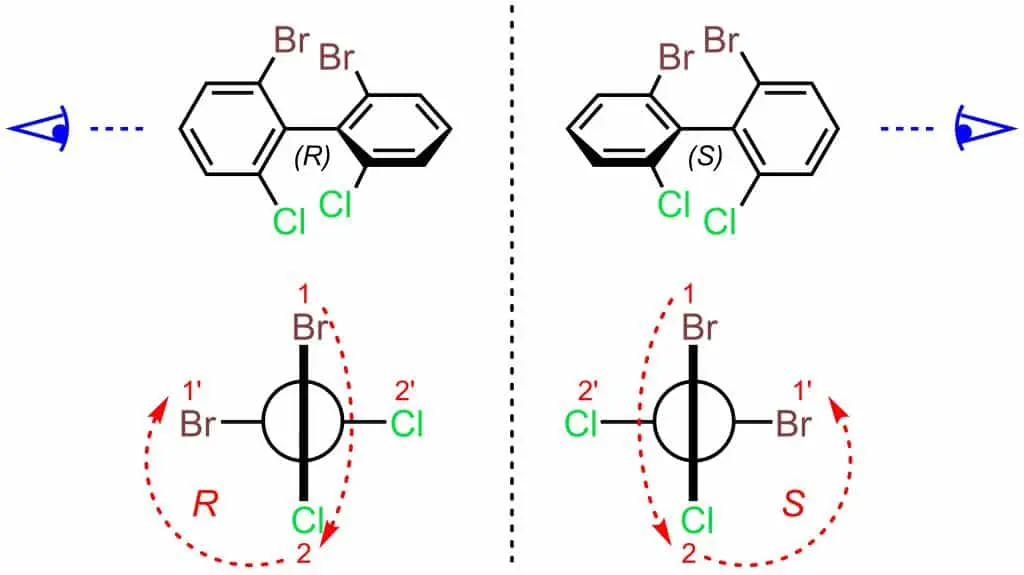
chiral biphenyls
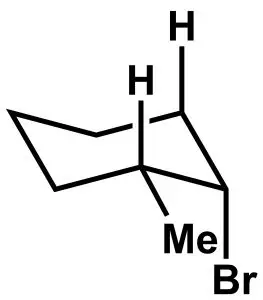
ax. bromo, eq. methyl
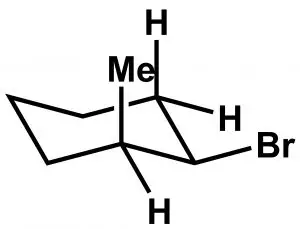
eq. bromo, ax. methyl
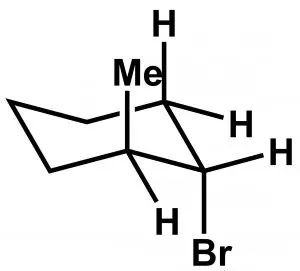
ax. bromo, ax. methyl
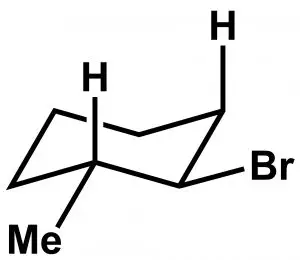
eq. bromo, eq. methyl
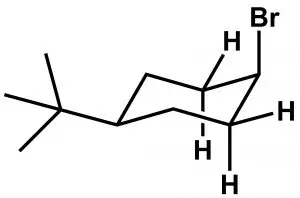
cis
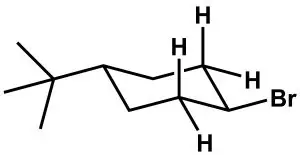
trans
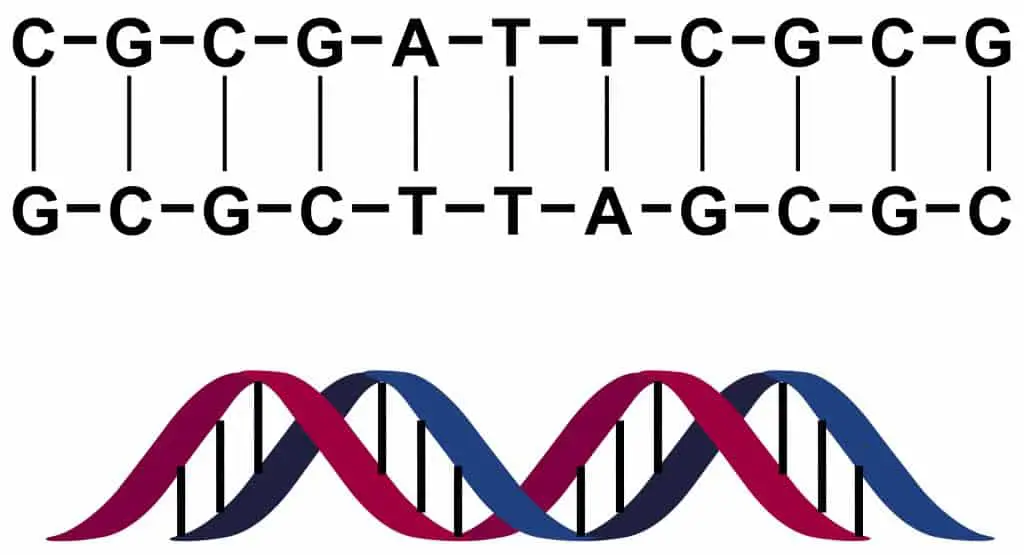
DNA
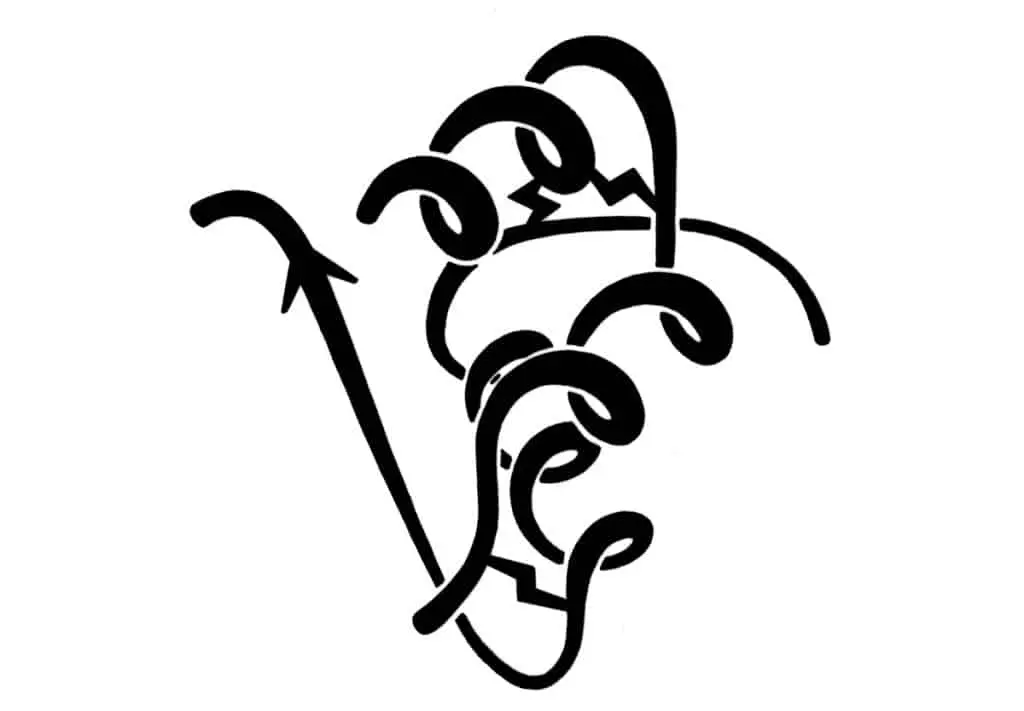
insulin [1]
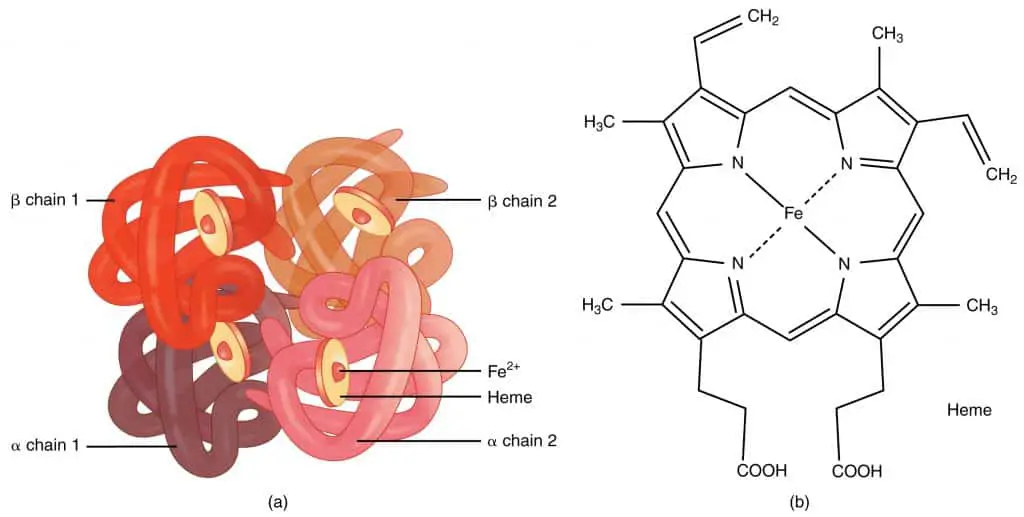
hemoglobin [2]
Image credits
[1] By Dcrjsr [CC BY 3.0], from Wikimedia Commons
[2] By OpenStax College [CC BY 3.0], via Wikimedia Commons



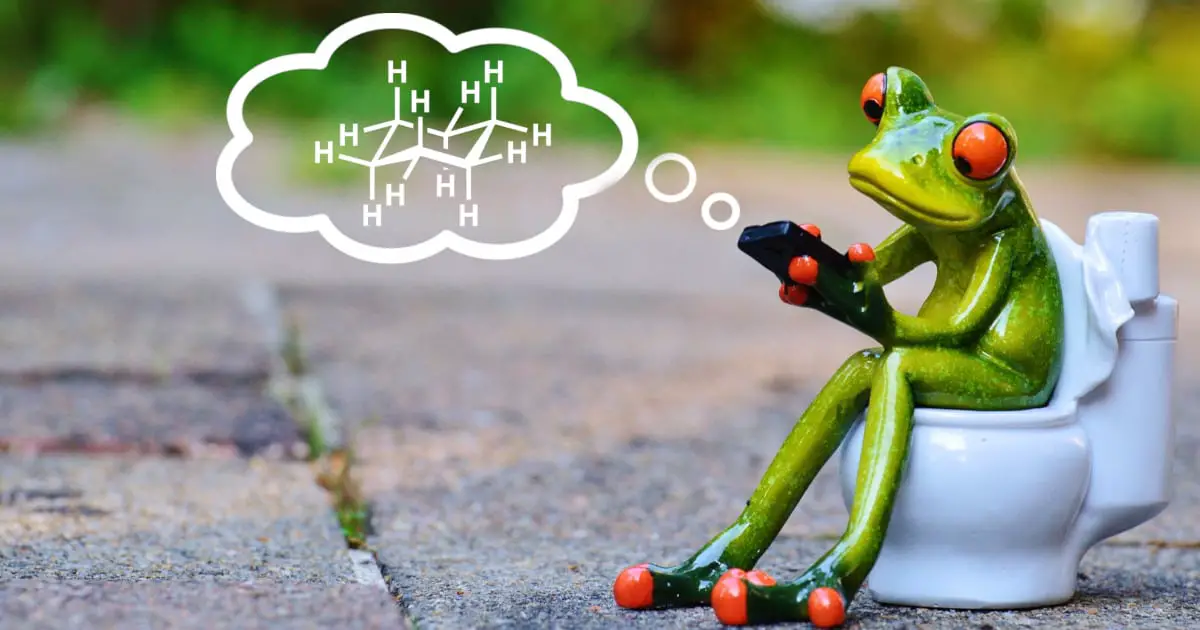
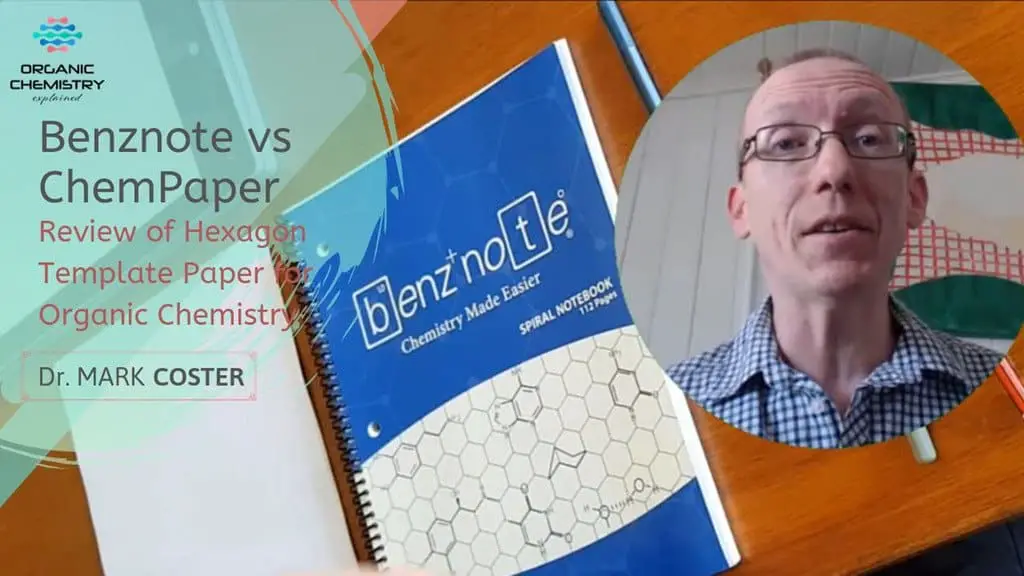
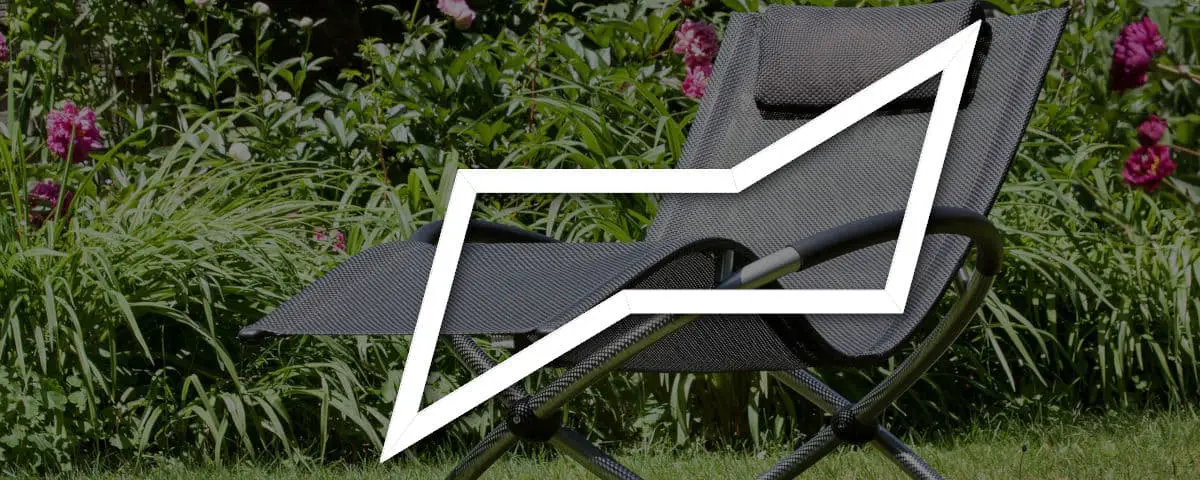

Hi there! This AR app looks awesome! 🙂 Unfortunately, when I searched the Apple app store, I was unable to find it. 🙁 Also, when I click on the provided link for the app store, my computer tries to open up iTunes for whatever reason. Is there any possibility that there’s been an error on the apple App Store? Thank you for your time to respond but also for the time that you took to produce this amazing looking app!
Hi Jason, thanks for stopping by 🙂 I don’t have an iOS device handy right now, but you should be able to click on that link on an iOS device and for it to open up in the App store directly. On a computer, the default behaviour is to open up in iTunes, but since it is an iOS app, there isn’t much you can do from there. As for searching – I also noticed it wasn’t showing up. Try searching for “Molecular viewer” – I think that worked last time I tried it. Let me know how you go!
Hi Mark,
I think you saw on your YouTube channel, but your suggestion did the trick. Thanks! 🙂
I’m actually quite interested in the potential of this product for a lecture aid. Have you experimented at all with having your students use the app during classes when you discuss classical topics like brominium ion formation/products and stereochemistry in general? I’m not much of a programmer, but I’d very much be interested in contributing if you think you might want to end up gathering any kind of data for pedagogical evaluation. 🙂
I think the commenting system is saving my e-mail. Please feel free to contact if you’d like to chat more.
Cheers,
Jason
Hi Jason, that’s exactly what I would love to do! I haven’t had a chance to use in class myself – my most recent teaching was just a little too early in the development of this app. I managed to put some of the structures in their lecture notes and pointed them to the app, but did not follow through with any in-class use. I do have your email address from the commenting system, so I’ll follow up with you there. Talk soon,
Mark
Hi, is there a possibility to add content to this app by creating a new “2d-marker” molecule and generating the corresponding 3d-models? Thx a lot
Hi Eric, thanks for stopping by and leaving a comment. At the moment, 2D-marker and 3D-model generation is by hand, by me as the developer. I’m interested in working with other chemists to add more molecules of interest. Let me know if there are any particular molecules you’d like to add. The other approach of allowing users to add their own 2D-markers and then generate the model ‘on-the-fly’ could be a possible direction for the app in future, but it is not currently possible. Let me know if you’d like to discuss more.
Do you have a particular use-case in mind, Eric? Would you use this as an instructor of a chemistry course, or would this be for curiosity, as a user of the app?